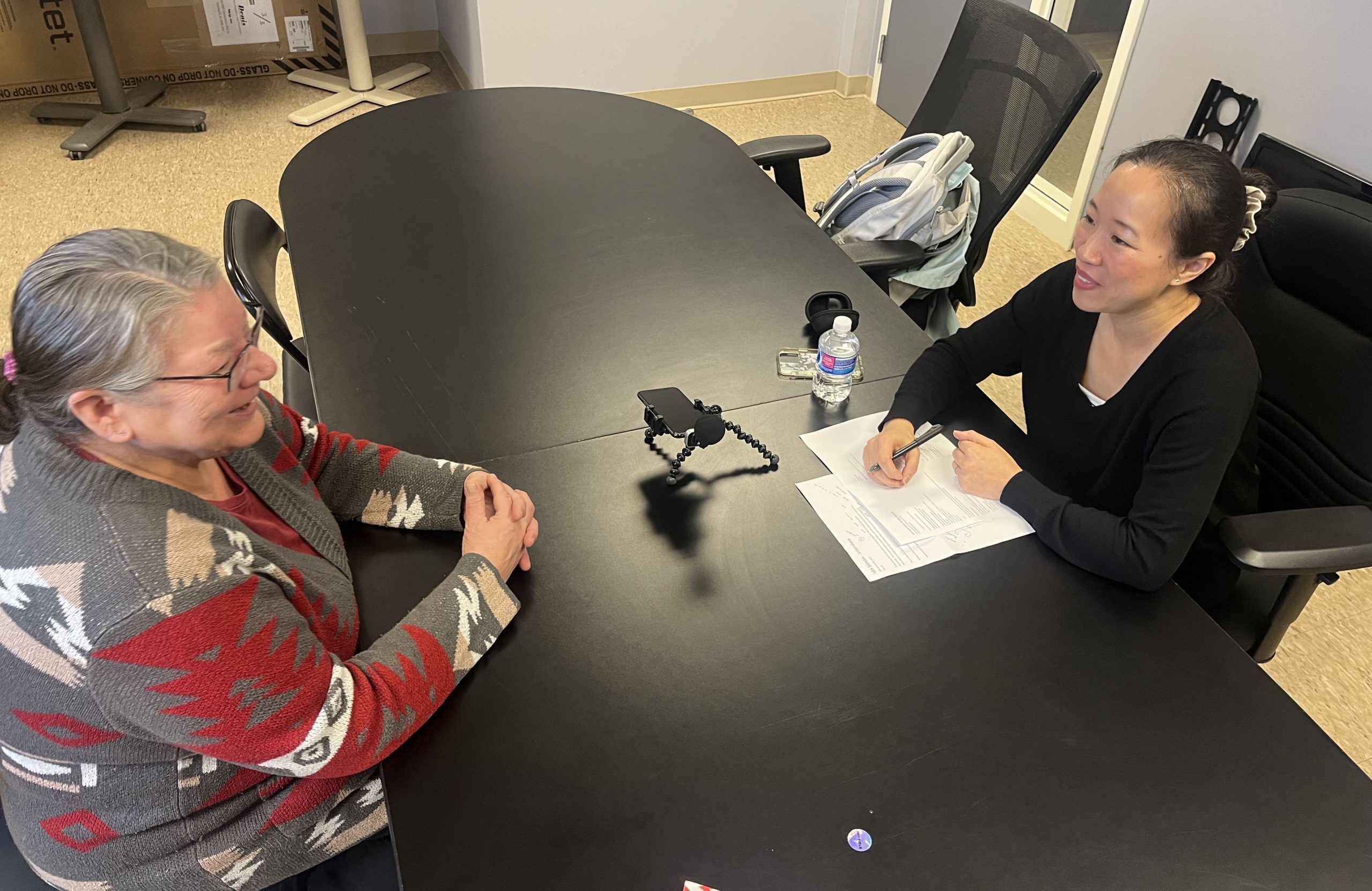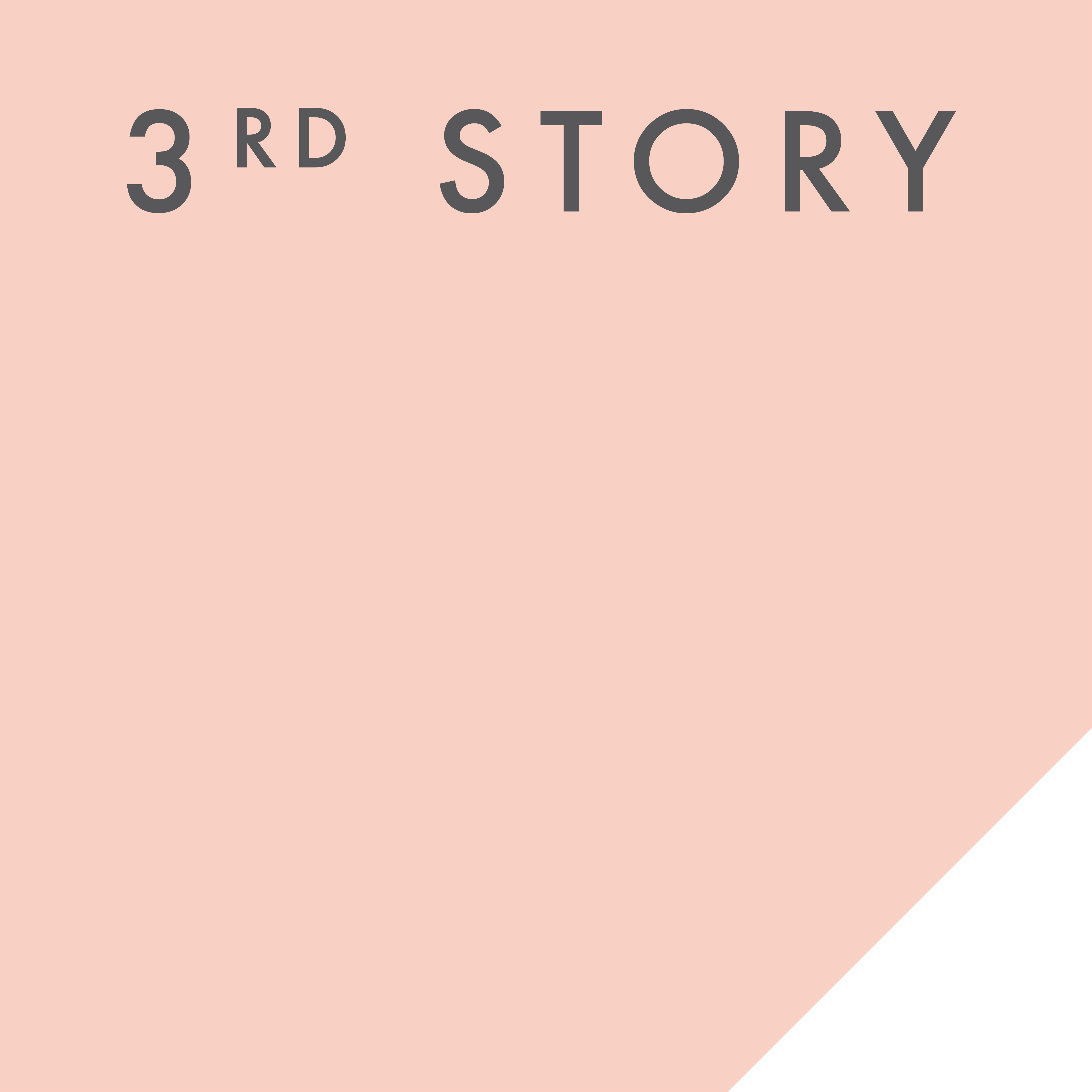How do I show reverence and respect for what objects and traditions that have been here? And inextricably so, for who is here and who has been here?
How do I honour the work and the people that have come before me, while making space for myself?
How do I tell stories that are not my own?
— Andrea Tsang Jackson

Andrea records an audio interview with Ida Simon, December 2022.
How do I tell stories that are not my own?
Avoiding the appropriation and/or exploitation of someone’s else cultural narratives and traditional practices is very important in artistic practice and beyond. Andrea sought the advice of a journalist and a documentary filmmaker — professional experts at telling stories that are not necessarily their own.
Artistic expression” can not bend the truth of someone’s story. The documentary maker has a moral and ethical responsibility to do no harm to the people whose stories they wish to tell. — Sylvia D. Hamilton, Filmmaker, Writer, Artist
-
-
- Honour your (vulnerable) subjects. Protect them from attack and don’t leave them worse off than when you met them.
- Honour your viewers. Make sure that what they understand to be true and real wouldn’t be betrayed if you told them where and how you got that image.
- Honour your production partners. Do what you were contracted to do, even if you made that bargain with yourself.
-
These are the tenets that she took to heart while collecting, interpreting and representing the stories she came across. Across the stories, the methods were not uniform, but rather unique to each circumstance (e.g. firsthand narratives could not be acquired in all instances; who has the authority to grant permissions).
RESOURCES
ABOUT THE ARTIST
Andrea Tsang Jackson is a Canadian-born visual artist of Chinese descent based in Kjipuktuk / Halifax, Nova Scotia. Her work takes the traditional craft medium of quilting and applies it to a contemporary context.
ACKNOWLEDGEMENTS
This project is possible with the participation of many people who offered their time, knowledge, and collaboration.

